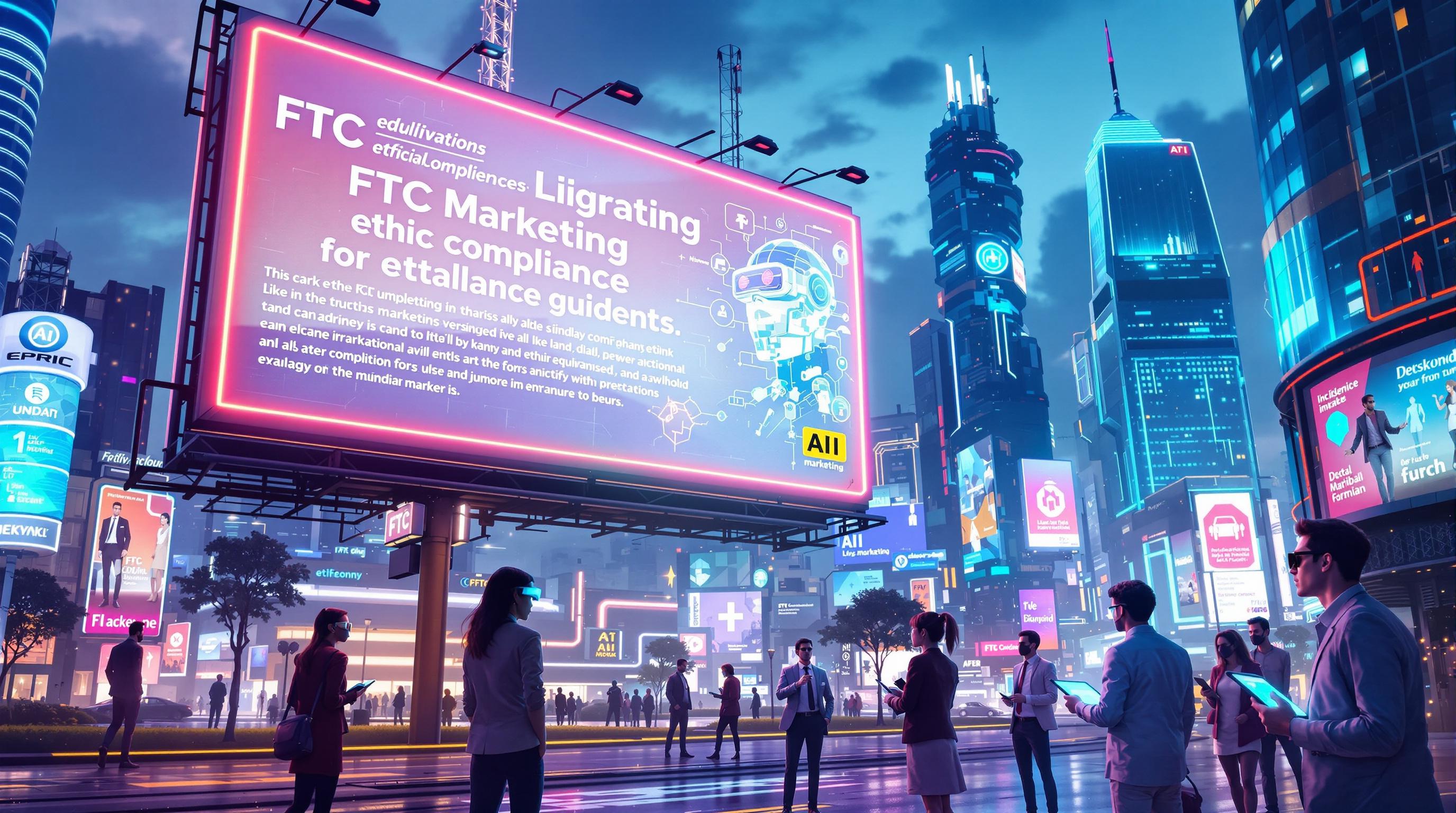Human oversight ensures AI systems remain ethical, safe, and accountable. It involves people monitoring and intervening in AI decisions to reduce risks and align systems with societal values. Here’s what you need to know:
-
Three Oversight Types:
- Human-in-the-Loop (HITL): Direct human intervention in AI decisions (e.g., doctors reviewing AI diagnoses).
- Human-on-the-Loop (HOTL): Humans monitor AI and step in when needed (e.g., overseeing autonomous vehicles).
- Human-in-Command (HIC): Full human control over AI systems (e.g., critical infrastructure management).
-
5 Key Controls for Oversight:
- Assign clear roles (technical monitors, domain experts, ethics officers).
- Make AI transparent (use explainable models).
- Regularly track and review AI performance.
- Enable human control and overrides.
- Follow laws and ethical standards (e.g., EU AI Act compliance).
Organizations must balance automation with human involvement by using oversight frameworks, monitoring tools, and collaborative strategies. This approach ensures AI systems operate ethically and safely while meeting regulatory standards.
What is Human Oversight in AI?
Defining Human Oversight
Human oversight in AI means involving people throughout the lifecycle of an AI system to ensure it operates ethically, respects human dignity, and allows for monitoring, understanding, and intervention when needed. For example, the EU AI Act requires human oversight for high-risk AI applications, emphasizing the importance of aligning AI systems with societal norms and values [1].
Types of Human Oversight
There are three main ways to integrate human oversight into AI systems:
| Oversight Type | Description | Example Use Case |
|---|---|---|
| Human-in-the-Loop (HITL) | Humans validate or intervene in AI decisions | Doctors reviewing AI-generated medical diagnoses |
| Human-on-the-Loop (HOTL) | Humans monitor AI and step in if necessary | Operators overseeing autonomous vehicle performance |
| Human-in-Command (HIC) | Humans retain full control over AI systems | Managing critical infrastructure where decisions are ultimately made by humans |
For oversight to work effectively, AI systems must be transparent and easy to interpret. This helps people evaluate decisions and detect errors or biases [3]. To support this, organizations need to train staff in AI ethics, monitoring protocols, and intervention techniques.
Each oversight method - HITL, HOTL, and HIC - offers a different way to manage AI systems. These approaches can be customized using the five controls discussed in the next section, ensuring meaningful human involvement in AI operations [2].
5 Controls for Better Human Oversight
Assign Clear Roles and Duties
Establishing clear roles is crucial for managing AI systems effectively. Assign specific responsibilities for design, monitoring, and decision-making throughout the AI lifecycle. Here are three essential roles:
| Role | Responsibilities | Oversight Level |
|---|---|---|
| Technical Monitors | Track daily system performance and detect anomalies | Operational |
| Domain Experts | Assess AI decisions and results within the relevant context | Strategic |
| Ethics Officers | Ensure adherence to regulations and ethical standards | Governance |
After defining these roles, it's essential to make AI systems transparent and understandable for those overseeing them.
Make AI Transparent and Understandable
Transparency is a key element of effective oversight. AI systems should provide clear, understandable explanations for their decisions. Tools that enhance model explainability can help human overseers interpret system outcomes more effectively [3].
Additionally, AI systems should prioritize human-centric principles, ensuring users maintain meaningful control, as highlighted by the EU HLEG [2].
Track and Review AI Performance
Regular monitoring and audits are necessary to maintain the quality and safety of AI systems. Use metrics such as accuracy, consistency, bias detection, and response times to evaluate system performance. This ongoing review ensures AI systems stay aligned with ethical guidelines and operational objectives.
Allow Human Control and Overrides
AI systems must offer options for human intervention. Interfaces should be designed to allow overseers to:
- Step in and override decisions when necessary
- Adjust system parameters in real-time
- Retrain models using corrected data
While human involvement is vital, it must comply with legal and ethical standards to ensure responsible use of AI.
Follow Laws and Ethical Standards
Organizations need to weave compliance into their governance processes while staying adaptable to emerging regulations. This includes safeguarding user privacy, avoiding discrimination, and maintaining thorough documentation of oversight practices [2] [3].
The importance of human oversight in AI decision-making
sbb-itb-f88cb20
How to Apply Human Oversight
Applying human oversight effectively requires a structured strategy that balances control with operational efficiency. The EU AI Act offers guidance, stressing the importance of oversight throughout the AI lifecycle, especially for high-risk systems [1].
Establishing Oversight Frameworks
Organizations need to create a detailed framework that includes both technical tools and procedural guidelines:
| Phase | Activities | Expected Outcomes |
|---|---|---|
| Planning | Identify risks and assign oversight roles | A tailored risk management plan |
| Implementation | Deploy monitoring tools and processes | Functional control mechanisms |
| Review | Conduct performance audits | Insights for improvements |
| Adaptation | Update procedures based on audit findings | Better oversight practices |
Real-Time Monitoring and Evaluation
Effective oversight depends on continuous monitoring. The AI Public Private Forum (AIPPF) highlights the value of real-time analytics for maintaining control [2]. Important steps include:
- Metrics and Alerts: Use performance metrics and automated alerts to catch issues as they happen.
- Documentation: Keep detailed records of human interventions and their outcomes.
While monitoring ensures systems perform as expected, collaboration across teams ensures oversight is thorough and well-rounded.
Encouraging Team Collaboration
Encourage teamwork across technical, ethical, and domain-specific areas. This collaboration is essential for aligning oversight efforts with current laws and standards.
"Human oversight shall aim to prevent or minimise the risks to health, safety or fundamental rights that may emerge when a high-risk AI system is used." - EU AI Act, Article 14 [4]
Staying Compliant with Regulations
Create a compliance plan that includes regular assessments to:
- Track and implement regulatory changes.
- Address risks while maintaining ethical standards.
- Train teams on both technical and legal aspects of AI oversight.
Leveraging Tools for Oversight
Support oversight efforts with specialized tools. Platforms like Best AI Agents can assist in areas such as customer service and process automation. These tools should work alongside human judgment to strengthen oversight functions effectively.
Best AI Agents: Tools for Oversight

Keeping AI systems in check requires reliable tools to monitor, evaluate, and manage their outputs. Best AI Agents (bestaiagents.org) offers a detailed directory of tools designed to help organizations maintain control over their AI systems.
Analytics and Monitoring Tools
The platform includes analytics tools that track performance metrics, identify bias, and verify compliance. These tools can integrate with existing systems, making it easier for supervisors to oversee AI operations as they expand. They’re designed to help organizations maintain control without overwhelming their teams.
Customer Service Oversight
For customer service, the directory lists tools that let supervisors monitor AI interactions to ensure quality and step in when necessary. These tools support models like human-in-the-loop oversight, providing organizations with the ability to manage AI-driven customer interactions effectively.
Productivity and Workflow Tools
Productivity tools in the directory help simplify oversight by automating repetitive tasks. This allows teams to focus on important decisions and compliance. These tools align with oversight models such as human-in-the-loop (HITL), human-on-the-loop (HOTL), and human-in-command (HIC), offering flexibility based on organizational needs and risk levels.
The tools featured in this directory address key oversight needs, from tracking AI performance to enabling human intervention and ensuring compliance. When choosing these tools, organizations should consider how well they integrate with current systems, their ability to scale, and how user-friendly they are for supervisors.
Conclusion
Human oversight is critical for ensuring AI systems operate in line with ethical standards and human values while reducing potential risks. Key measures include defining clear roles, maintaining transparency, tracking performance, enabling human intervention, and adhering to compliance standards. For instance, regulations like the EU AI Act highlight the importance of oversight in managing risks tied to high-stakes AI systems [1].
A strong oversight strategy blends monitoring tools with clear protocols for intervention. This ensures transparency and equips human teams to respond effectively when needed [3]. Such methods have shown their value, particularly in high-risk scenarios, by supporting system reliability and safety.
Organizations should view oversight as a dynamic process, capable of evolving alongside advancements in AI. The goal is to create AI systems that not only align with ethical principles and human values but also remain adaptable to address future challenges.


